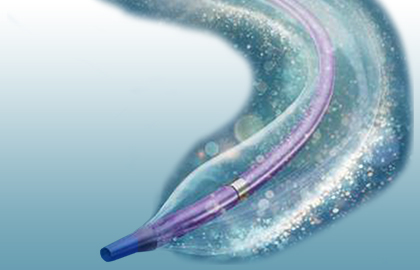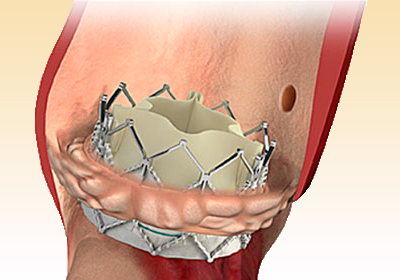It seems that a LDL level of 70 mg/dL is no longer low enough for high-risk secondary patients; in consequence, this study attempted to set a new target, one that appears almost impossible to reach: 40 mg/dL or lower.
This study, simultaneously presented at the European Society of Cardiology Congress 2017 and published in The Lancet, showed a highly significant, nearly linear relationship between LDL cholesterol concentrations achieved after 4 weeks of treatment and risk of cardiovascular death, acute myocardial infarction, stroke, coronary revascularization, or unstable angina (the combined endpoint for this study). Patients who achieved an LDL cholesterol level < 19.3 mg/dL, for example, had a 24% lower relative risk of having combined clinical events when compared with individuals with an LDL cholesterol of 100 mg/dL.
The FOURIER trial, a large-scale trial testing PCSK9-inhibitor evolocumab plus statin therapy, showed a reduction in the risk of cardiovascular events by 15% compared with statin therapy alone. These data had been published last March.
Read also: “RE-DUAL PCI: Anti-Thrombotic Management in Patients with Atrial Fibrillation and PCI”.
This latest analysis, which included 25,982 patients with a baseline LDL-cholesterol measurement after 4 weeks of treatment, stratified patients into 5 groups based on achieved LDL cholesterol level. Among these, 2669 patients achieved an LDL level of less than 20 mg/dL (0.5 mmol/L).
The event rates across the groups with concentrations of less than 0.5 mmol/L, 0.5 to less than 1.3 mmol/L, 1.3 to less than 1.8 mmol/L, 1.8 to less than 2.6 mmol/L, and 2.6 mmol/L or greater were 10.3%, 12.4%, 13.6%, 13.7%, and 15.5%, respectively (p < 0.001). The reduction in the number of events was significant for those who achieved a reduction of at least 1.3 mmol/L.
Even patients who achieved ultra-low levels (7 mg/dL) presented this significant reduction in the number of events, which might prove that a combination of a statin and a PCSK9 inhibitor is safe even with one-digit LDL levels.
Read also: “SPYRAL HTN-OFF MED: Renal Denervation Reloaded?”
The rate of serious adverse events was 4% and unrelated to achieved LDL levels.
Currently, European guidelines recommend alirocumab or evolocumab for patients at very high risk of events and persistently high LDL cholesterol levels despite maximally tolerated statin therapy in combination with ezetimibe (class IIb, level of evidence C), or for statin-intolerant patients who do not obtain a significant reduction with treatment with ezetimibe. Evidence seems to indicate that these guidelines are in need of an update. However, first, a dose of reality: These are enormously expensive drugs, something that hinders their massive recommendation; half of the population cannnot even afford statins.
Original title: Clinical Efficacy and Safety of Achieving Very Low LDL-Cholesterol Concentrations with the PCSK9 Inhibitor Evolocumab: A Prespecified Secondary Analysis of the FOURIER Trial.
Presenter: Giugliano R. P.
Subscribe to our weekly newsletter
Get the latest scientific articles on interventional cardiology
We are interested in your opinion. Please, leave your comments, thoughts, questions, etc., below. They will be most welcome.






